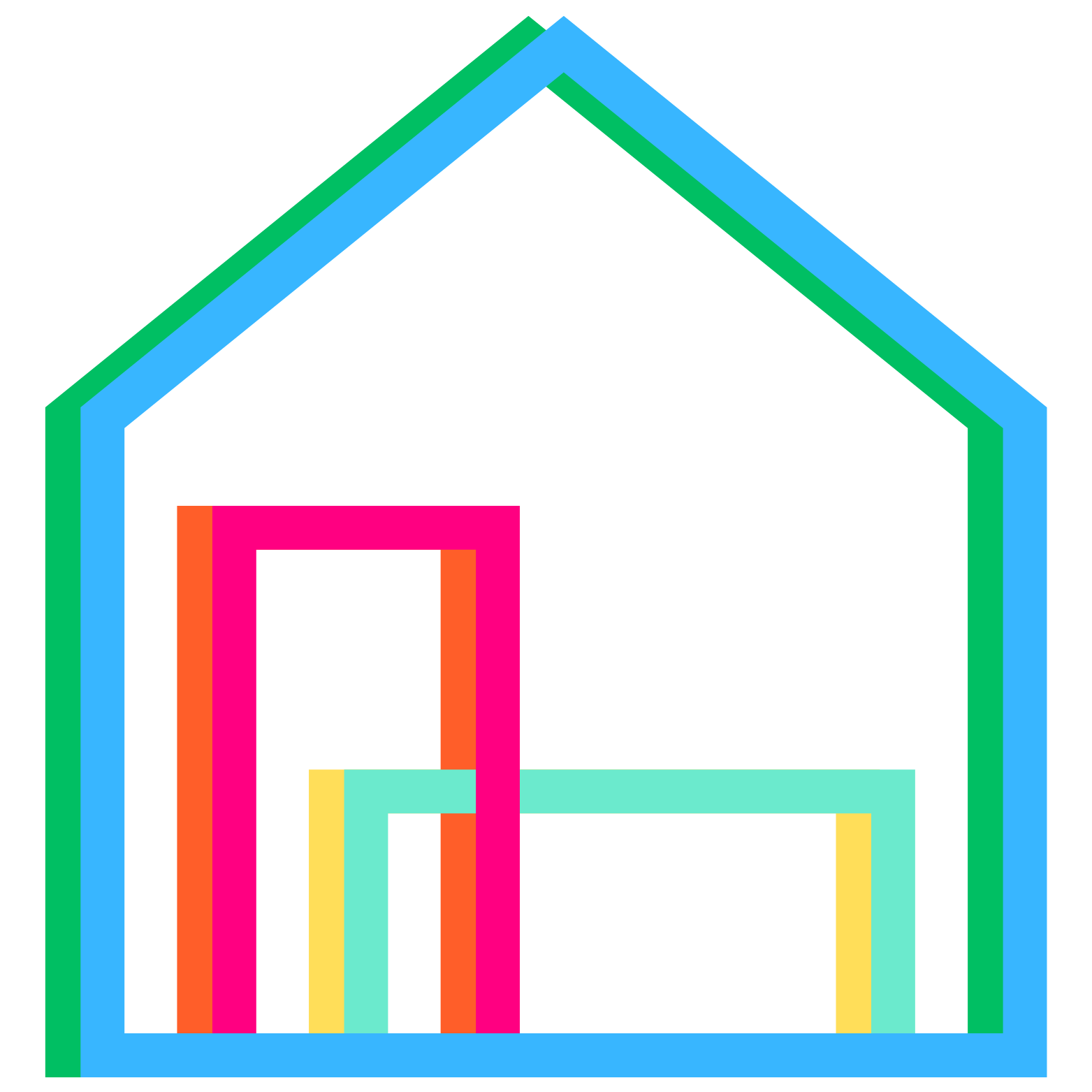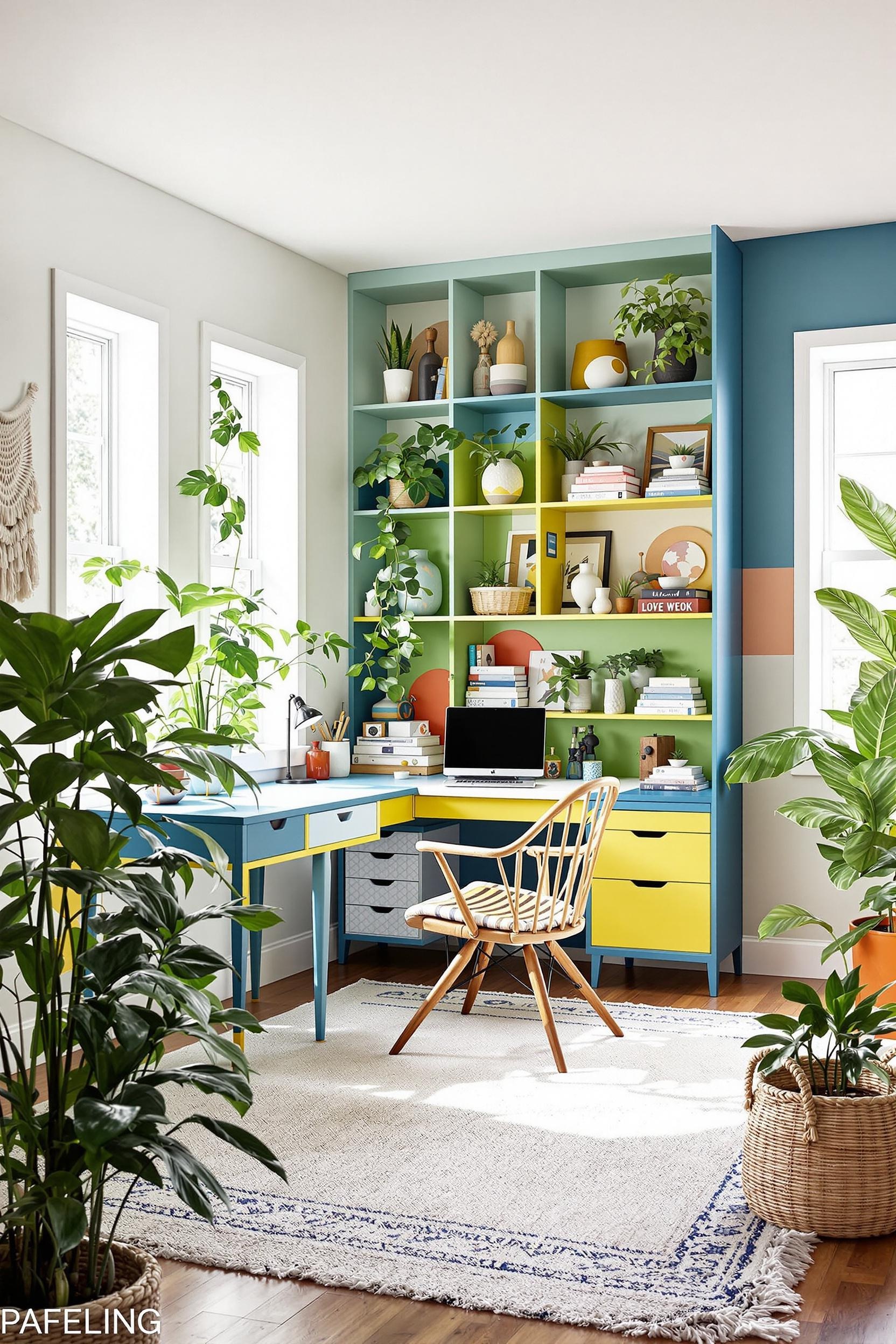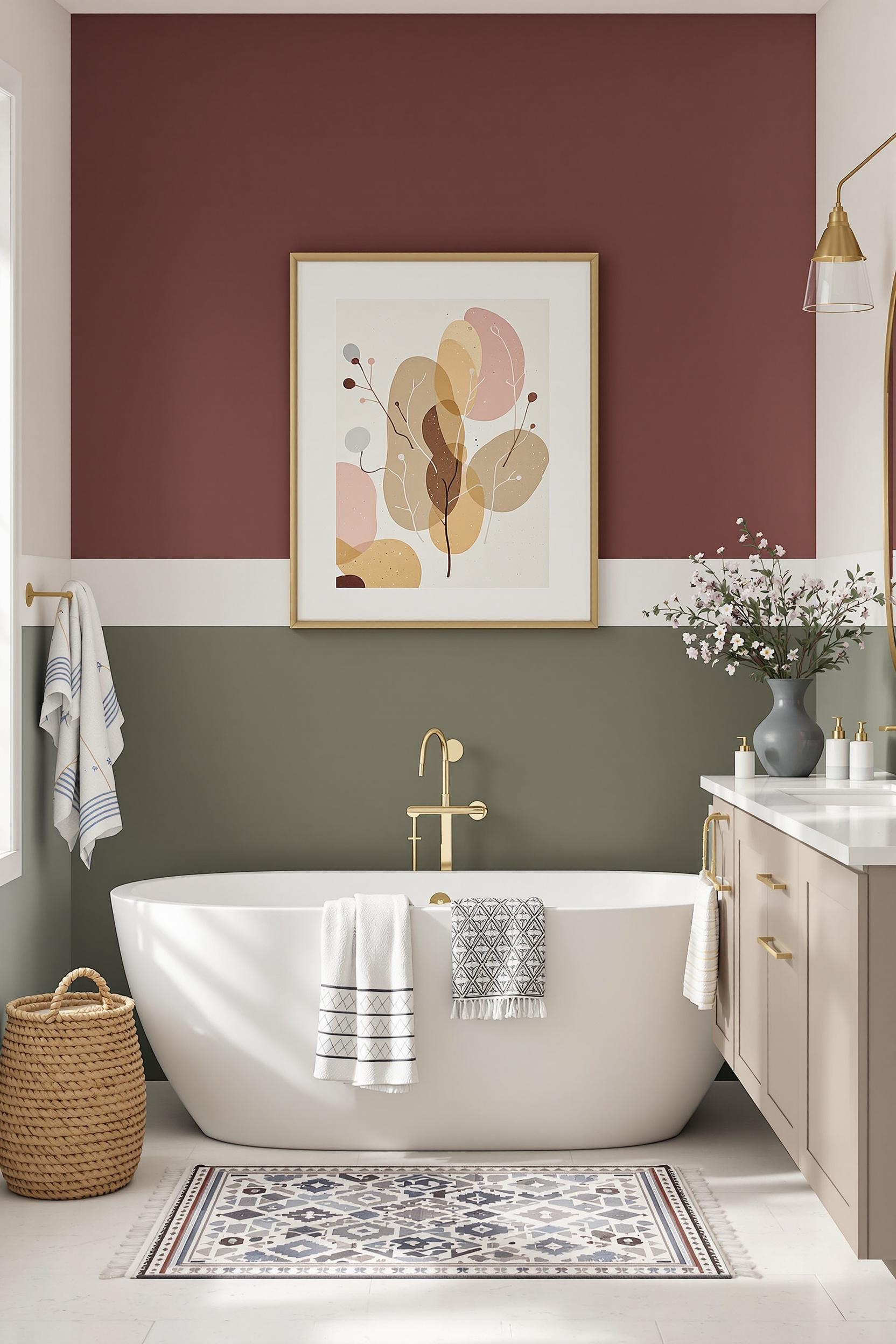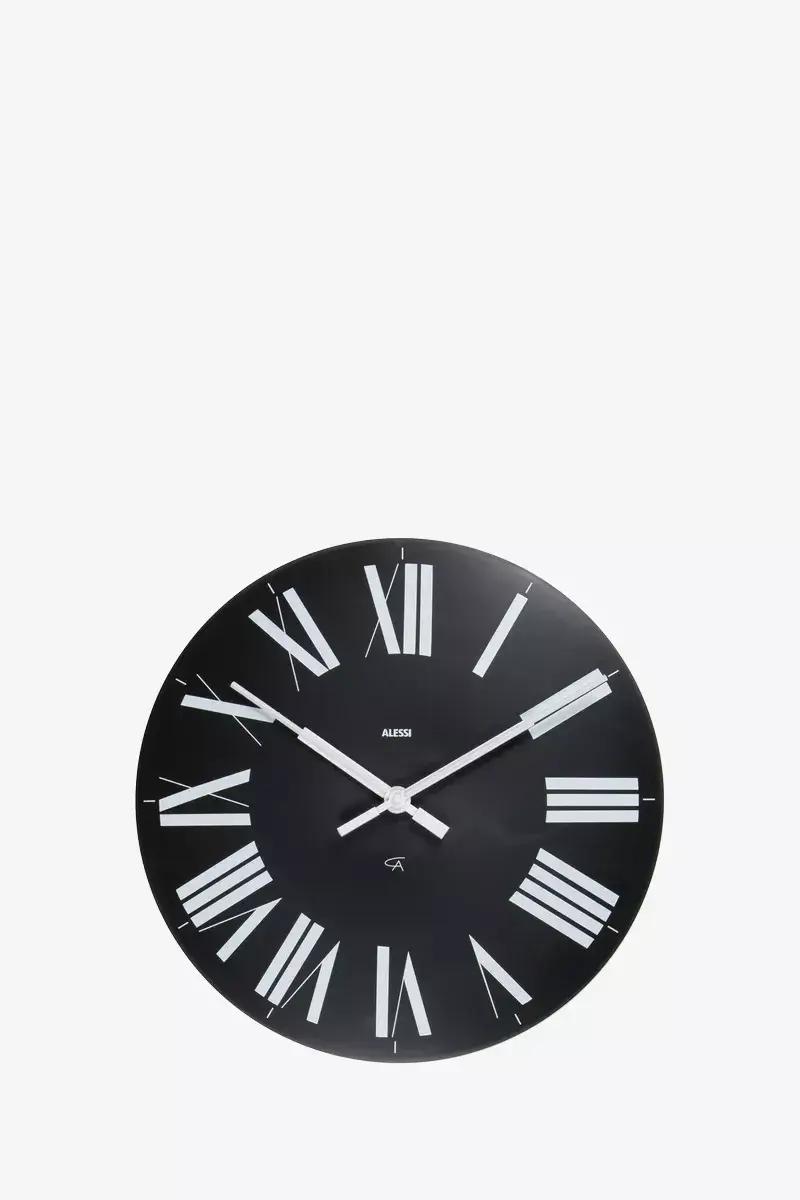DIY Color Blocking Techniques for Home Decor: Bold Meets Minimalist
Have you ever walked into a room and immediately felt drawn to its dynamic energy or vivid visual depth? That’s the undeniable magic of color blocking interior design. These bold, intentional blocks of color have the power to transform bland, everyday rooms into stylish, modern spaces that reflect your personality and elevate your mood. Whether you’re decorating a tiny studio apartment or building out your minimalist dream home, DIY color blocking offers a budget-friendly, impactful way to reorganize and redefine your space.
 |
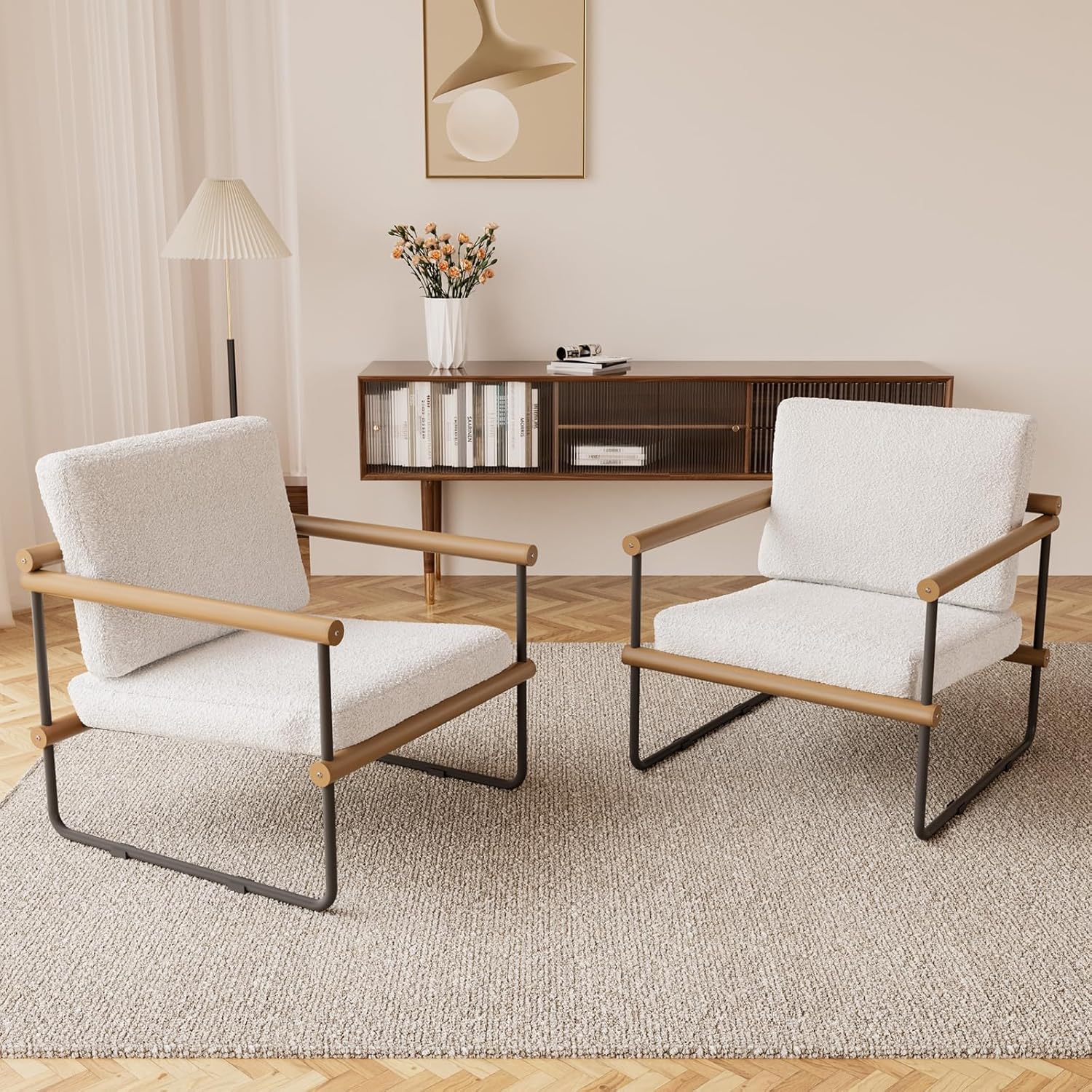 |
| $149.36 | $169.99 |
| ⭐ 4.4 (9,938 reviews) | ⭐ 4.3 (111 reviews) |
 |
 |
Essential Preparation: Tools, Colors, and Planning
Before you pick up a brush, you need a plan. Preparing for a DIY color blocking wall project begins with collecting the right tools. My must-have list includes painter’s tape, a laser level for geometric precision, and a good quality brush or roller. These are essentials for any bold color blocking project that aims for clean lines and balanced compositions.
The best part? You don’t need a degree in design. Start with the 60-30-10 color rule: 60% of a calm base color (white or neutral), 30% of a complementary color, then 10% for your accent. If you’re unsure about mixing colors, tools like a digital color wheel come in handy. A product like the 5 Tiers Bookshelf Organizer keeps your supplies neat while offering easy access between layers.
Bold Geometry: Painting Techniques for Stunning Walls
Color blocking walls using geometric shapes helps define areas in an open layout. Use a laser level and painter’s tape to outline your desired shapes. Vertical stripes make ceilings feel higher, while horizontal blocks widen small rooms—a handy trick for small apartment interiors.
For example, in my own minimalist color block living room, I divided one wall in thirds using a warm neutral base, soft clay pink, and bold gunmetal blue. It breathed new life into the space using nothing but paint and tape. If you’re painting over trim, experiment with color blocking molding or trim to add architectural interest with minimal effort.
 |
 |
| $80.99 | $89.99 |
| ⭐ 4.5 (228 reviews) | ⭐ 4.7 (359 reviews) |
 |
 |
Wall Art That Pops: Minimalist Color Block Inspiration
Color blocking interior design doesn’t stop at painted walls. One of my favorite ways to boost a room’s energy is by creating color blocking wall art. It brings life and structure to blank walls, especially in minimalist homes where décor needs purpose and cleanliness. For example, you can create a rectangle of bold color behind artwork to make a small piece feel larger and more grounded.
Try contrasting a bold canvas against a neutral background or overlapping geometric shapes in primary tones. It’s easy to switch out or adjust along with seasons or trends. Combine these painted designs with the functional style of a Modern Boucle Accent Chair, and you’ve got a custom reading nook that feels designer-made.
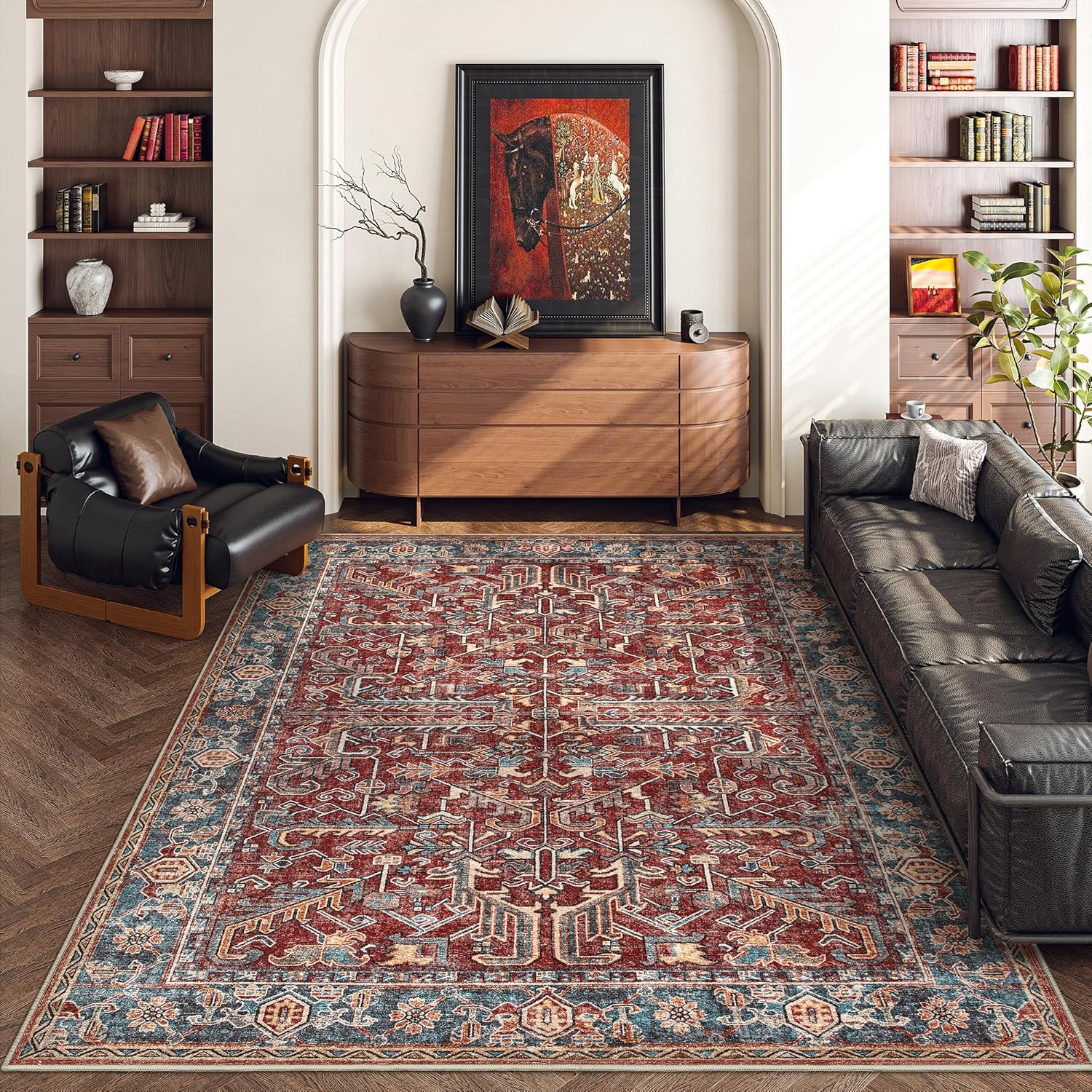 |
 |
| $39.99 | $139.99 |
| ⭐ 4.4 (2,034 reviews) | ⭐ 4.5 (856 reviews) |
 |
 |
Make a Statement: The Power of Color Psychology
Every color you choose tells a story. Carefully applying color psychology principles in color zoning helps define feeling zones. Use cool shades like mint or pale blue in bedrooms for calm. Use mustard or warm terracotta in your dining area to energize conversations.
Layer texture with carefully curated pieces like the FOTOSOK Kids Bookshelf. Its clean design blends into minimalist spaces while supporting all your creative tools or decor details. This kind of subtle harmony reflects the flexibility and beauty of minimalist color block décor.
Conclusion: Your Color Blocking Journey Begins Now
Color blocking is more than bold paint strokes—it’s your voice in design. Whether you’re sprucing up a bedroom wall or reimagining your living room, DIY painted color block walls and color blocked furniture offer visual interest, creativity, and personality. Even with low-cost supplies and beginner tools, anyone can master the art.
You’ve seen how geometric color blocks expand small spaces, how layering textures adds depth, and how emotional tones can shape atmosphere. Now it’s your turn.
Take the First Step: Start Your Color Block Home Makeover
Why You Should Begin Today
DIY color blocking techniques are incredibly forgiving. There are no wrong answers—just evolving creativity. Start with a small wall, or pick a corner cabinet or bed frame to test your design. Refer to our wall color blocking tutorial if you need inspiration or guidance on materials.
What’s Inside Our Masterclass Toolkit
When you join our free color blocking masterclass, you’ll receive deep insights into:
- Using vertical and horizontal stripes to adjust room perception
- Pro-level painter’s tape secrets
- How to apply the 60-30-10 rule
- Choosing accent pieces to ground your blocks
Bonus: Sign Up for Our Community Experience
You’ll get instant access to exclusive newsletters, image guides, and sneak peeks of upcoming design challenges. Don’t miss out on contests and transformation stories shared by our DIY color blocking community.
Frequently Asked Questions: Your Color Blocking Journey
How do I choose the right colors for minimalist color block decor?
Use the 60-30-10 rule: 60% neutral, 30% bold, and 10% accent. Look at natural light and existing décor before choosing hues. Digital color wheels are helpful too!
Can I use color blocking in a small apartment?
Yes! Color blocking for small apartment interiors can make a room feel larger and define areas efficiently. Try vertical designs to increase room height visually.
What tools do I need for DIY color blocking?
You need painter’s tape, a laser level, and high-quality brushes or rollers at minimum. You might also want drop cloths and a pencil for layout markings.
Can I color block furniture too?
Absolutely! Try DIY color blocked furniture projects on drawers, chairs, and even headboards. It’s great for renters or updating thrifted finds affordably.
Is color blocking expensive?
No! Most projects cost less than $100. It’s one of the easiest ways to makeover your home without major renovations. Reversible options also work great for renters.
